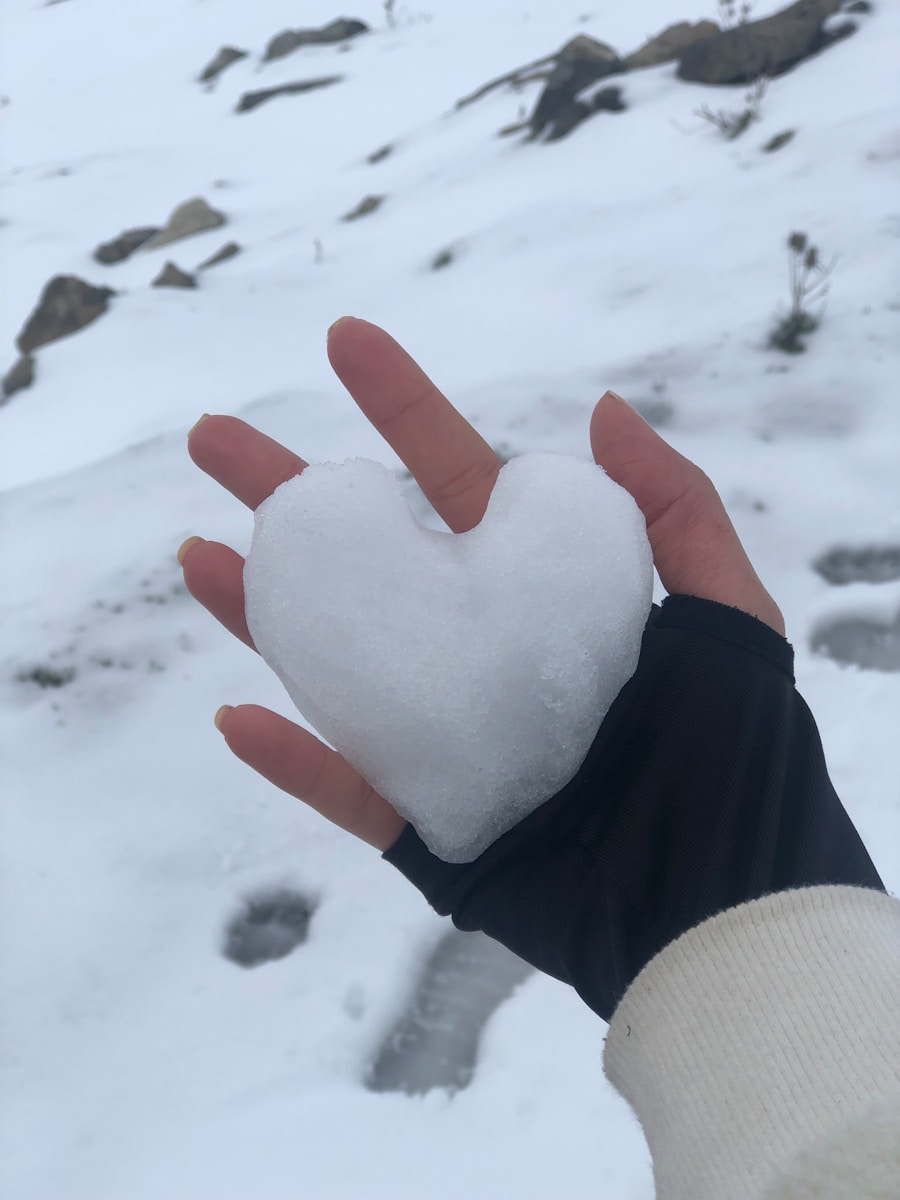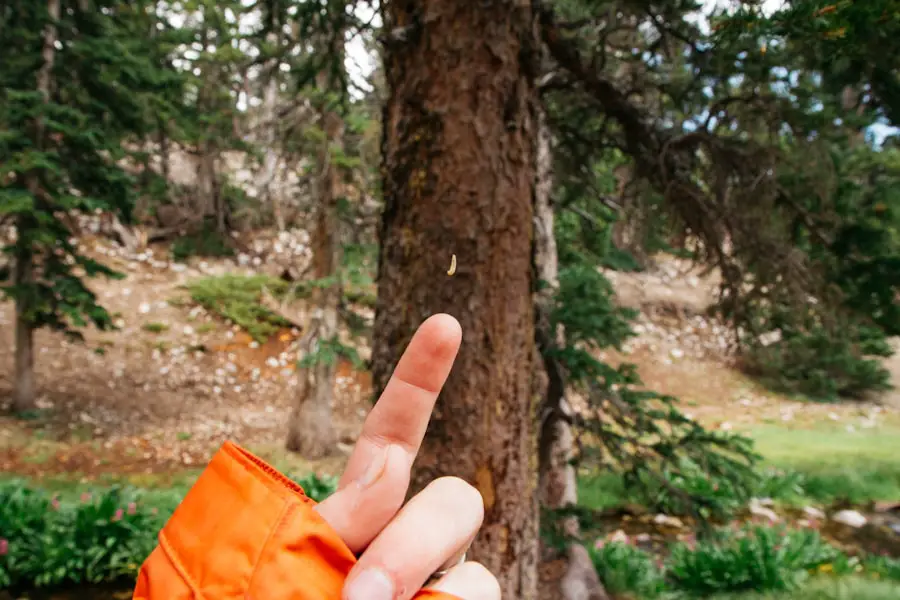Hiking is a popular outdoor activity that offers numerous physical and mental health benefits. However, many hikers experience a common yet often overlooked issue: finger swelling. This phenomenon can be perplexing and uncomfortable, leading to concerns about the underlying causes and potential implications for one’s hiking experience.
Finger swelling during hiking can manifest as a temporary condition, where the fingers appear puffy or enlarged, often accompanied by a sensation of tightness or discomfort. Understanding the reasons behind this swelling is crucial for hikers who wish to enjoy their outdoor adventures without unnecessary distractions. The causes of finger swelling during hiking can be multifaceted, ranging from physiological responses to environmental factors.
As hikers traverse varied terrains and engage in physical exertion, their bodies undergo significant changes. These changes can lead to fluid retention in the extremities, particularly in the fingers. Additionally, factors such as altitude, temperature, and hydration levels can exacerbate this condition.
By delving into the mechanisms behind finger swelling, hikers can better prepare themselves for their journeys and implement strategies to mitigate this issue.
Key Takeaways
- Finger swelling during hiking is a common issue that can be caused by a variety of factors including exercise, altitude, weather, and hydration.
- Exercise and physical activity play a significant role in finger swelling, as increased movement and use of the hands can lead to fluid retention and swelling.
- Understanding the body’s response to physical exertion is important in managing finger swelling, as it can help hikers anticipate and prevent swelling before it becomes a problem.
- Altitude and weather can also impact finger swelling, as changes in air pressure and temperature can affect blood circulation and fluid balance in the body.
- Hydration and maintaining fluid balance are crucial in preventing and managing finger swelling during hiking, as dehydration can exacerbate swelling and discomfort.
The Role of Exercise and Physical Activity
Exercise plays a pivotal role in overall health and well-being, but it also triggers various physiological responses that can lead to temporary conditions like finger swelling. When engaging in physical activity, the body requires increased blood flow to supply oxygen and nutrients to the muscles. This heightened demand for circulation can result in blood pooling in the extremities, including the fingers.
As the heart pumps more vigorously, blood vessels dilate to accommodate the increased volume of blood, which can lead to a sensation of fullness or swelling in the fingers. Moreover, the repetitive motions involved in hiking—gripping trekking poles or adjusting gear—can contribute to localized swelling. The muscles and tendons in the hands and fingers work harder during these activities, leading to microtrauma and inflammation.
This inflammation can cause the surrounding tissues to retain fluid, resulting in noticeable swelling. Understanding this relationship between exercise and finger swelling is essential for hikers who may experience discomfort during their treks.
Understanding the Body’s Response to Physical Exertion

The human body is remarkably adaptive, responding dynamically to physical exertion through various mechanisms. When hiking, especially over long distances or challenging terrains, the body prioritizes blood flow to essential muscle groups while redistributing fluids throughout its systems. This redistribution can lead to an increase in interstitial fluid—the fluid that exists between cells—resulting in swelling in areas such as the fingers.
Additionally, during strenuous activities, the body releases hormones like adrenaline and cortisol, which can influence fluid balance and vascular permeability. These hormones can cause blood vessels to become more permeable, allowing fluids to leak into surrounding tissues. Consequently, hikers may notice their fingers swelling as a result of this physiological response.
Recognizing these bodily reactions can help hikers understand that while finger swelling may be uncomfortable, it is often a normal response to physical exertion.
Impact of Altitude and Weather on Finger Swelling
| Altitude (feet above sea level) | Weather Condition | Finger Swelling (mm) |
|---|---|---|
| 0-1000 | Sunny | 2.5 |
| 1000-3000 | Cloudy | 3.2 |
| 3000-6000 | Rainy | 4.1 |
| 6000-9000 | Snowy | 5.5 |
Altitude plays a significant role in how the body responds during physical activities like hiking. As elevation increases, atmospheric pressure decreases, which can affect how oxygen is delivered throughout the body. At higher altitudes, the body may struggle to maintain adequate oxygen levels, leading to various physiological adaptations.
One such adaptation is increased capillary permeability, which can contribute to fluid accumulation in the extremities, including the fingers. Weather conditions also have a profound impact on finger swelling during hikes. Hot and humid weather can exacerbate fluid retention as the body attempts to cool itself through perspiration.
When sweat evaporates from the skin’s surface, it can lead to dehydration if fluid intake does not keep pace with losses. Dehydration can cause blood vessels to constrict, leading to reduced circulation and increased pressure in certain areas of the body, including the fingers. Conversely, cold weather can lead to vasoconstriction—narrowing of blood vessels—which may initially reduce swelling but can later result in a rebound effect as blood flow returns to normal levels upon warming up.
Importance of Hydration and Fluid Balance
Hydration is a critical factor in preventing finger swelling during hiking. The human body is composed of approximately 60% water, and maintaining proper hydration levels is essential for optimal physiological function. When hikers fail to drink enough fluids before or during their trek, they risk dehydration, which can lead to various complications, including swelling in the extremities.
Fluid balance is intricately linked to electrolyte levels in the body. Electrolytes such as sodium and potassium play vital roles in regulating fluid distribution within cells and tissues. An imbalance in these electrolytes due to inadequate hydration or excessive sweating can lead to fluid retention or swelling in areas like the fingers.
Hikers should be mindful of their hydration strategies by consuming water regularly and incorporating electrolyte-rich beverages or snacks into their routines.
The Role of Blood Circulation in Finger Swelling

Blood circulation is fundamental to maintaining healthy bodily functions during physical activities like hiking. As hikers exert themselves, their heart rate increases, promoting enhanced blood flow throughout the body. However, this increased circulation can also lead to localized swelling in areas where blood vessels are more susceptible to pooling or leakage.
The hands and fingers are particularly vulnerable due to their extensive network of small blood vessels known as capillaries. When blood flow increases during exercise, these capillaries may become engorged with blood, leading to a sensation of fullness or swelling. Additionally, factors such as temperature changes can influence circulation; for instance, cold weather may cause blood vessels to constrict initially but can later result in increased blood flow as the body warms up.
Moreover, certain medical conditions such as Raynaud’s phenomenon can exacerbate issues related to blood circulation during hiking. This condition causes blood vessels in the fingers and toes to constrict excessively in response to cold or stress, leading to temporary numbness and swelling when circulation returns. Hikers with such conditions should take extra precautions when planning their hikes.
Tips for Preventing and Managing Finger Swelling During Hiking
Preventing finger swelling during hikes involves a combination of preparation and awareness of one’s body signals. One effective strategy is to ensure proper hydration before embarking on a hike. Hikers should aim to drink water consistently throughout their journey rather than waiting until they feel thirsty.
Carrying a hydration pack or water bottles that are easily accessible can facilitate regular fluid intake. In addition to hydration, wearing appropriate gear is crucial for managing finger swelling. Hikers should opt for gloves that provide warmth without restricting circulation.
Compression gloves may also be beneficial as they help promote blood flow while reducing swelling by applying gentle pressure on the fingers. Taking breaks during hikes is another effective way to manage finger swelling. Periodically resting allows for improved circulation and reduces the risk of fluid accumulation in the extremities.
Stretching exercises for the hands and fingers during these breaks can also promote flexibility and alleviate discomfort. Lastly, being mindful of one’s pace and terrain is essential for preventing excessive strain on the hands and fingers. Gradually increasing intensity and allowing time for acclimatization at higher altitudes can help mitigate adverse effects on circulation and fluid balance.
Conclusion and Final Thoughts
Finger swelling during hiking is a common occurrence that stems from various physiological responses to physical exertion, environmental factors, and hydration levels. By understanding these underlying mechanisms, hikers can take proactive steps to prevent discomfort and enhance their overall experience on the trails. Implementing strategies such as maintaining proper hydration, wearing suitable gear, taking regular breaks, and being mindful of one’s pace can significantly reduce the likelihood of experiencing finger swelling.
Ultimately, being aware of how one’s body responds during hikes empowers individuals to enjoy their outdoor adventures fully while minimizing discomfort from conditions like finger swelling. With proper preparation and knowledge, hikers can focus on the beauty of nature around them rather than being distracted by physical discomforts.
When hiking, it is common for fingers to swell due to increased blood flow and fluid retention in the hands. This can be exacerbated by factors such as altitude, dehydration, and repetitive motion. To learn more about the best time to visit popular hiking destinations like Machu Picchu, check out this article on the ideal travel season for Machu Picchu. Understanding the optimal times to visit can help you plan your trip accordingly and avoid potential discomfort while exploring the great outdoors.
FAQs
What causes fingers to swell when hiking?
When hiking, the body tends to retain more fluid due to increased physical activity and the body’s response to the stress of hiking. This can lead to swelling in the fingers and other extremities.
How does hiking contribute to finger swelling?
During hiking, the body’s circulation system works harder to supply oxygen and nutrients to the muscles. This increased circulation can lead to fluid retention in the hands and fingers, causing them to swell.
Are there any other factors that can contribute to finger swelling while hiking?
Other factors that can contribute to finger swelling while hiking include high altitude, hot weather, dehydration, and carrying a heavy backpack. These factors can all affect the body’s fluid balance and lead to swelling in the fingers.
Can finger swelling while hiking be prevented?
To help prevent finger swelling while hiking, it is important to stay hydrated, take regular breaks to rest and elevate the hands, and wear properly fitting gloves to support circulation. Additionally, maintaining a balanced diet and avoiding excessive salt intake can also help reduce swelling.
When should I be concerned about finger swelling while hiking?
If the finger swelling is severe, painful, or accompanied by other symptoms such as numbness or tingling, it is important to seek medical attention. These symptoms could indicate a more serious underlying issue such as a circulation problem or injury.
